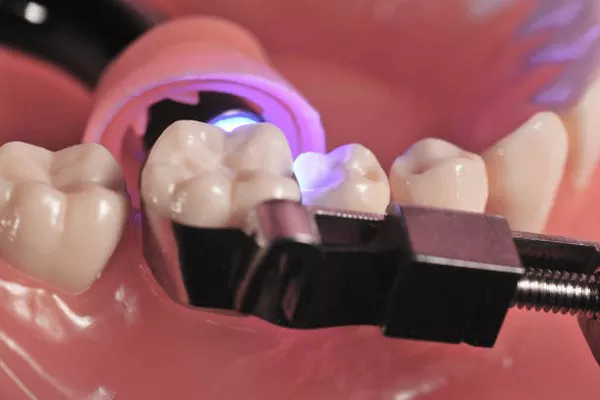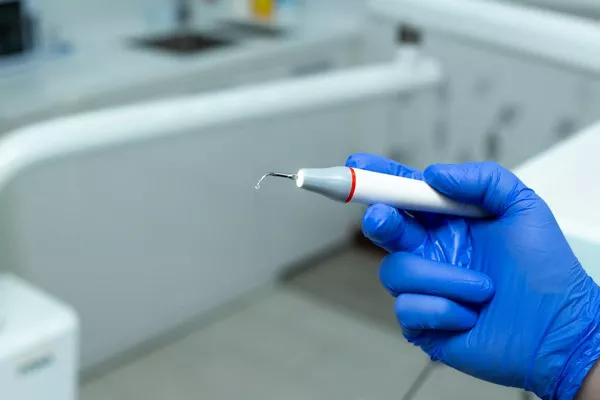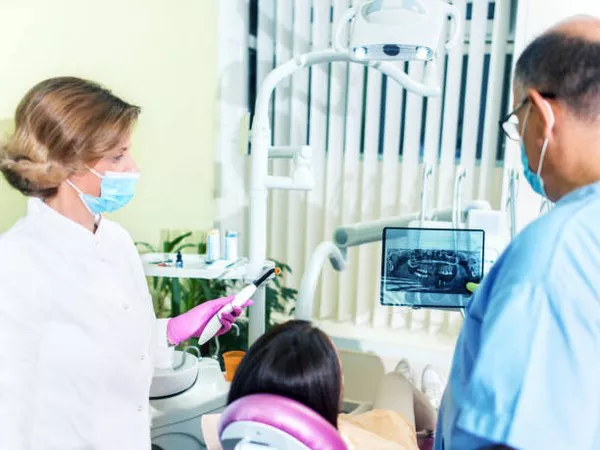How Accurate Are Ultrasonic Sensors?
Introduction:
Ultrasonic sensors are commonly used in a variety of applications, ranging from distance measurement to object detection. These sensors use sound waves at frequencies above the range of human hearing to detect objects and measure distances. While ultrasonic sensors have become increasingly popular due to their low cost and ease of use, the accuracy of these sensors can vary depending on a number of factors.
What Are Ultrasonic Sensors?
Ultrasonic sensors work by emitting high-frequency sound waves and then measuring the time it takes for the sound waves to bounce back after hitting an object. The sensor calculates the distance between the object and the sensor based on the time it takes for the sound waves to travel back and forth.
Ultrasonic sensors come in a variety of shapes and sizes, including cylindrical, rectangular, and spherical. They can be used in a wide range of applications, from automotive obstacle avoidance systems to medical imaging.
Factors Affecting Accuracy:
The accuracy of ultrasonic sensors can be affected by several factors, including distance, temperature, humidity, and the material composition of the object being detected.
1.Distance:
The accuracy of ultrasonic sensors decreases as the distance between the sensor and the object being measured increases. This is because the sound waves become weaker as they travel farther away from the sensor, making it more difficult for the sensor to accurately detect the object.
2.Temperature:
Changes in temperature can affect how sound waves travel through the air, which can impact the accuracy of ultrasonic sensors. In general, colder temperatures can cause sound waves to travel more slowly, while warmer temperatures can cause sound waves to travel more quickly.
3.Humidity:
Ultrasonic sensors may also be affected by changes in humidity levels. High humidity levels can cause sound waves to scatter, making it more difficult for the sensor to accurately detect objects.
4.Material Composition:
The accuracy of ultrasonic sensors can also be affected by the material composition of the object being detected. Objects with smooth, hard surfaces reflect sound waves more effectively than objects with soft or irregular surfaces. Additionally, objects with curved surfaces can cause sound waves to scatter, which can impact sensor accuracy.
5.Applications and Accuracy:
The accuracy of ultrasonic sensors can vary depending on the application in which they are being used. For example, ultrasonic sensors used for automotive obstacle avoidance systems typically have a range of several meters and an accuracy of a few centimeters. In contrast, ultrasonic sensors used for medical imaging need to be highly accurate, with an accuracy of less than one millimeter.
Ultrasonic sensors may also be used for liquid level measurement, such as in tanks or containers. In these applications, the accuracy of the sensor can be affected by the shape and size of the container, as well as the temperature and viscosity of the liquid being measured.
Conclusion:
In summary, ultrasonic sensors can be an effective and versatile tool for distance measurement and object detection in a wide range of applications. However, the accuracy of these sensors can be affected by several factors, including distance, temperature, humidity, and the material composition of the object being detected. It is important to consider these factors when selecting and using ultrasonic sensors to ensure accurate and reliable measurements.
Related Topics:































